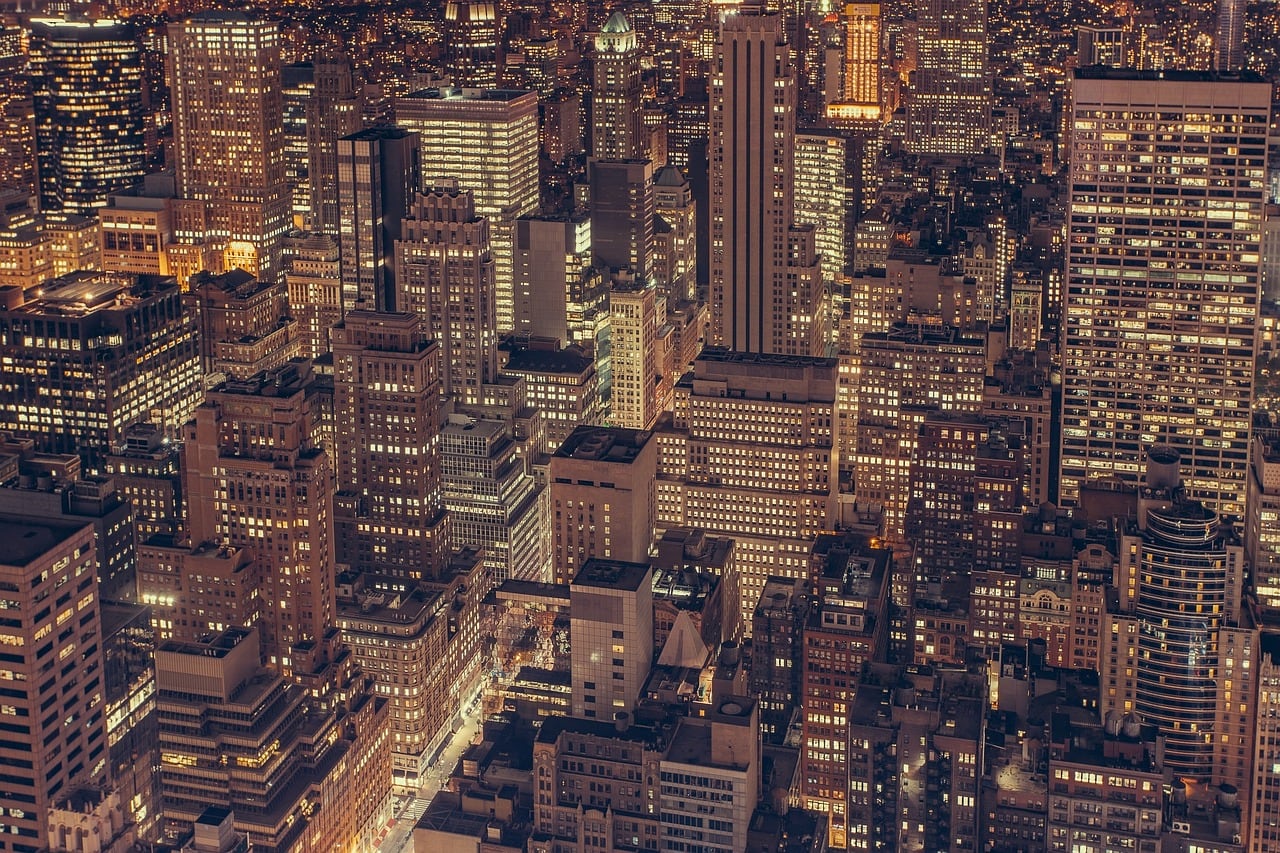New York City, often referred to as the “Big Apple,” is one of the most popular and preferred cities in the world today. Renowned for its iconic skyscrapers, statues, and a unique rapid-paced atmosphere, the city attracts millions of tourists and migrants annually. This article aims to provide a comprehensive analysis of key factors that impact New York, exploring the trade-offs involved in balancing different factors and challenges associated with different approaches. The article highlights the importance of considering various dimensions when making decisions about New York City.
Traveling to New York
Table: Airport Information
| Airport Name | Type | Latitude and Longitude |
|---|---|---|
| John F Kennedy | International | 40.6413° N, 73.7781° W |
| LaGuardia | Domestic | 40.7769° N, 73.8740° W |
| Newark | International | 40.6895° N, 74.1745° W |
New York City is well-connected domestically and internationally through three main airports: John F. Kennedy International Airport (JFK), LaGuardia Airport, and Newark Liberty International Airport. JFK serves as the primary international gateway, with extensive flight networks across the globe. Furthermore, the city’s excellent road networks and rail services offer multiple travel options for commuters.
Accommodation Options
Table: Accommodation Options by Location
| Location | Price Range | Distance from City Center |
|---|---|---|
| Manhattan | High | Within city center |
| The Bronx | Moderate | 8-12 miles |
| Brooklyn | Moderate | 4-8 miles |
| Queens | Moderate | 10-15 miles |
| Staten Island | Moderate | 16-22 miles |
New York City offers a myriad of accommodation options catering to diverse budgets. While luxurious hotels like The Crowne Plaza and The Four Seasons are situated in Manhattan, more budget-friendly options are available in The Bronx, Brooklyn, Queens, and Staten Island. These locations, while slightly further from the city center, provide quality hotels at a more economical price.
Historical Background
New York City has a rich history dating back to the 17th century when the Dutch settled in the area for fur trade. Later, the British conquered the region and renamed it New York. Over the centuries, the city witnessed a significant influx of immigrants, contributing to its vibrant cultural diversity and economic boom.
Sights and Attractions
Table: Major Attractions and Their Locations
| Attraction | Location | Latitude and Longitude |
|---|---|---|
| Empire State Building | Manhattan | 40.7484° N, 73.9857° W |
| Statue of Liberty | Liberty Island | 40.6892° N, 74.0445° W |
| Central Park | Manhattan | 40.7851° N, 73.9683° W |
| Whitney Museum | Manhattan | 40.7396° N, 74.0089° W |
| Guggenheim Museum | Manhattan | 40.7830° N, 73.9590° W |
| American Museum of Natural History | Manhattan | 40.7813° N, 73.9736° W |
New York City is replete with sightseeing opportunities, from iconic buildings like the Empire State Building to historical sites like the Statue of Liberty. Museums such as the Whitney Museum of American Art, the Museum of Modern Art, and the American Museum of Natural History offer enriching experiences. Central Park provides a much-needed green space in the bustling city.
Shopping and Dining
Table: Popular Shopping Districts
| District | Location | Price Range |
|---|---|---|
| Fifth Avenue | Manhattan | High |
| SoHo | Manhattan | Moderate to High |
| Brooklyn Flea | Brooklyn | Moderate |
New York City is a shopping mecca, attracting countless visitors solely for its retail offerings. From high-end designer stores on Fifth Avenue to budget-friendly shops in Brooklyn, the city caters to a broad spectrum of shoppers.
Table: Diverse Dining Options
| Cuisine | Availability | Price Range |
|---|---|---|
| Italian | Widespread | Moderate to High |
| Chinese | Widespread | Low to Moderate |
| French | Moderate | High |
Dining in New York City is an experience in itself, with an array of international cuisines readily available. From upscale restaurants to affordable eateries, there is something for every palate and budget.
Challenges and Trade-offs
Infrastructure
New York City faces challenges related to its aging infrastructure, including transportation systems and public utilities. While improvements are ongoing, the process demands significant financial resources and can disrupt daily life.
Gentrification
As New York City continues to develop, the issue of gentrification arises, affecting affordable housing and community structures. The influx of higher-income residents can push property prices up, making it increasingly challenging for lower-income families to reside in the city.
Tourism Management
The city’s popularity as a global tourist destination places immense pressure on public spaces, transportation, and resources. Balancing the needs of both residents and visitors remains a significant challenge.
Conclusion
New York City is a complex and dynamic metropolis that offers a plethora of opportunities and experiences but is not without its challenges. The city’s rich history, diverse cultural landscape, and vibrant economy make it a compelling destination for travel, residence, and investment. However, it is crucial to consider the multi-dimensional challenges and trade-offs that accompany its growth and popularity. By doing so, stakeholders can make informed decisions that benefit both the city and its diverse populace.
